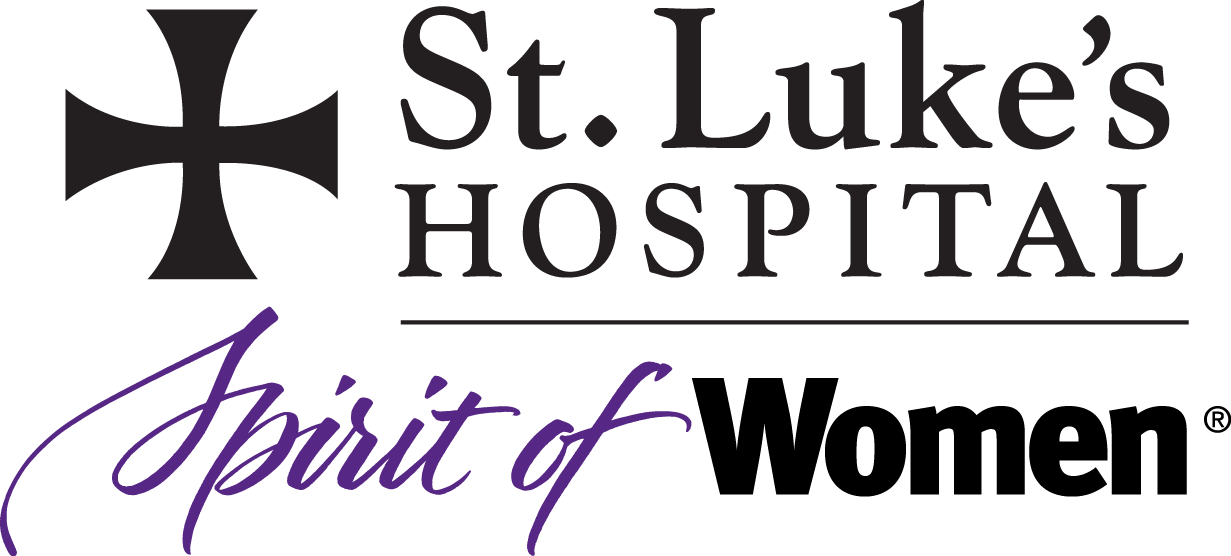Why Your Back Hurts and How to Fix it
“Owww…my back!”
If you’ve never uttered those words, consider yourself lucky–because four out of five adults experience a bout of back pain at some point in their lives.
Although that sharp zing may strike swiftly after a fall or when you’re stretching to reach a serving dish on the top shelf, chances are the condition that triggered it didn’t develop overnight. Taking steps now to keep your back and abdominal muscles strong may help keep you out of the doctor’s office in the future.
Your stomach muscles and your back muscles serve as a corset to keep the alignment of the spine. If those are nice and tight, your hamstrings and hip flexors are flexible, and there are no muscle imbalances, that’s your best bet for maintaining proper spine alignment and reducing the odds of a problem.
Spinal talk 101
Just how is the back built? Your spine is a column of 24 jointed bones called vertebrae; it supports the body and protects the bundle of nerves called the spinal cord.
The spine is divided into three sections: cervical (neck), thoracic (middle), and lumbar (lower). The cervical and lumbar sections arch inward, while the thoracic portion of the spine curves outward. (Low back pain is the most common because the lumbar region bears the burden of bending, stooping, lifting and sitting.)
Fibrous discs between the vertebrae help to cushion the back from stress. Ligaments connect vertebrae and discs, and muscles surround the spinal column.
When things go wrong
For younger people, pain is likely to stem from soft tissue injuries, such as strains, to the deep muscles of the back.
As we get older, we are more predisposed to developing arthritis in the back. Our discs become less compliant and can be a primary source of pain or a secondary one, as in the case of a herniated [bulging] disc pinching on a nerve root.
Other common back problems include muscle spasms, poor alignment of the vertebrae, and narrowing of the spinal canal.
Treatment options
Often back pain gets better on its own. Contact your doctor immediately, however, if the pain is intense, causes weakness, numbness or tingling in one or both legs, or is accompanied by loss of bowel or bladder control. If the pain is less severe but continues with no sign of getting better for seven to 10 days, it’s time to schedule a doctor’s appointment.
Even with severe back pain, however, don’t assume that you’ll wind up in the operating room. Many treatment regimens begin with physical therapy. In addition, epidural injections of anti-inflammatory medication frequently prove helpful.
If surgery is advised, it may be possible to take a minimally invasive approach. Technology is driving the ability to do more work through a smaller opening.
Back up your discs
To prevent back problems, the experts recommend:
Practice good posture. Poor posture can take your spine out of its neutral position and can set your discs up for injury.
Maintain a healthy weight. Extra pounds—particularly around the midsection—translate to extra stress on the spine.
Lift with your legs. Bend your knees and keep your back straight when lifting; it puts less stress on the lower back.
Move it, move it. Low-impact aerobic exercise allows your muscles to function better and helps maintain good circulation.
